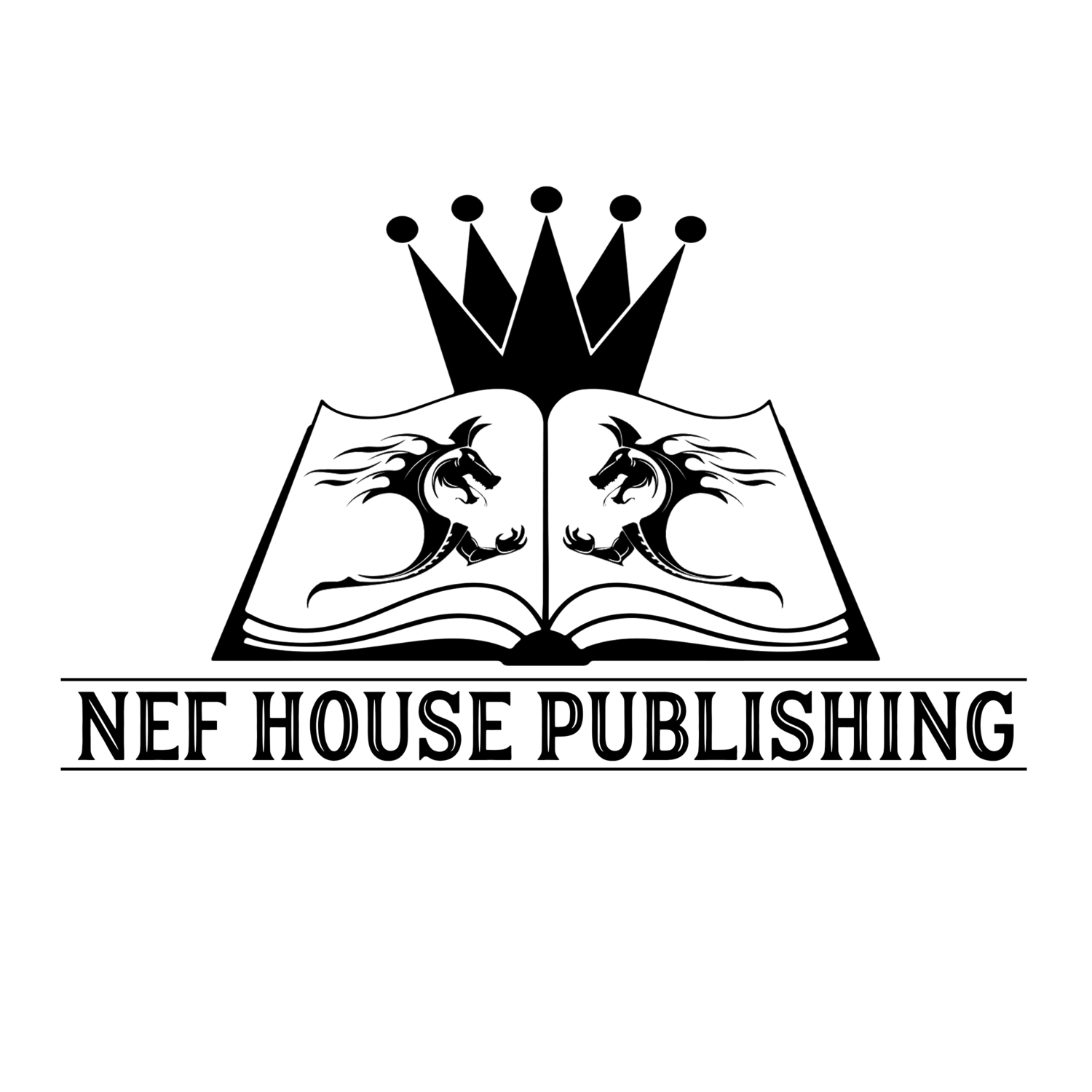Action Writing Tips from the Pros: Tony Acree
One of the things people love about my Victor McCain thrillers are the action scenes, and there are several rules I follow in each one. So, buckle up, Buttercup.
First and foremost, make the action believable. It doesn’t matter if it’s paranormal crime noir (my genre), high fantasy, or detective thrillers, follow the rules of your world. If you make the action believable, your readers will buy in hook, line, and sinker. You can find examples of the good and the bad in action scenes in the Die Hard movies. In the first one, I loved the fact that the fight scenes were more brutal than stylized, that our hero was beaten and bruised, and the action was mostly believable. Great stuff and why the movie is a classic. Several movies later, in Live Free or Die Hard, Bruce Willis takes out a fighter jet with a semi-truck. A. Semi. Truck. Then falls on to the plane as it is crashes and jumps to safety on a fallen part of the interstate. The audience was laughing so hard at the absurdity of it all, it took us right out of the movie. If people are laughing at how unbelievable your action scenes are, you’re toast.
Keep descriptions of the surroundings and what the character is thinking to a minimum. Action scenes should be fast-paced-edge-of-your-seat sections of your book. If you have a smart ass involved in the fighting, interspersing some light dialogue is a winner. And keep your sentences short as well. You want machine gun level sentence structure. Short and hard hitting. The brain interprets shot sentences as quicker pace.
You can also ask an expert about your scene to make it more realistic. In Revenge, I needed a way to take out the world’s top assassin, an eighth degree blackbelt and weapons expert. It turns out, my brother-in-law is a sixth degree blackbelt, is six-foot-two inches tall, and a bad ass in his own right. I asked him, “If I wanted to take you down, knowing your skill set, how would I do it?”
We worked through several scenarios, but they all involved catching Black Ice (the assassin in question) in a confined space to take away the full use of his legs. And having him dinged up before the fight started, to lessen his effectiveness, which allowed my hero and his right-hand man to take out the assassin.
I also use an ex-Marine who won several national competitions as a marksman, and an ATF agent, as consultants when I write action scenes involving weapons and tactics. I call them up, tell them what I want to do, and they supply me with the weapons my guys and gals are likely to be using. In book one, I have a scene where Victor and Winston must rescue another character from a farmhouse with six armed guards. I called up my ATF friend and asked him how he would do it if there was just him and one other guy. We worked through a couple of options and that gave the scene the realism I was shooting for.
This all applies to fantasy as well. For instance, in the Hobbit, Bard can take out the dragon Smaug because he sees there is a dragon scale missing, giving him a believable way to take down the previously unbeatable dragon with a long arrow. Tolkien gave the archer an out which makes sense in the realm of the fantasy world he created. Believable.
And what do you do if you don’t have experts ready and available? YouTube is your friend. I learned how to make and use a flame thrower in less than fifteen minutes for use in one of my books. For another scene, I watched about a dozen videos of people fighting with katanas to learn the intricacies of sword fighting for a massive sword fight. There's no need to re-invent the wheel when you can watch the experts and then adapt what you learn to your books.
And for the love of God, no matter what you do, don’t have bad guys who can’t shoot. How terrible are all the Storm Troopers who ever lived when it comes to firing laser guns? And how many times will the bad guys shoot Captain America in his shield when they can lower their aim a few degrees and take out his knees? What I do is add characters to each book who I know I will be killing off later when my heroes get into a firefight with the doers of evil. Let the bad guys win occasionally. And don’t be afraid to bloody up your hero or heroine. Having them come back from near death (and occasionally actual death for those of us who write in the supernatural or fantasy genres) adds to the drama of your action scenes.
Keep it fast. Keep it believable. Keep it real.
This article was written by Tony Acree.
Tony is the author of the Victor McCain thriller series as well as several other books, and he also owns Hydra Publications, an award-winning small press located in Kentucky.


